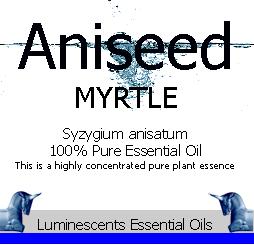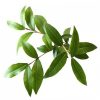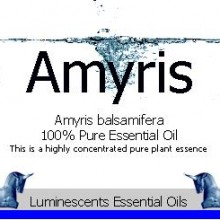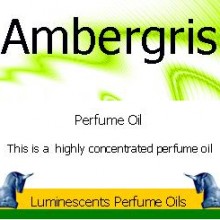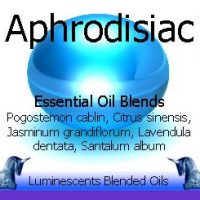Aniseed Myrtle is a rare Australian tree from the rainforest which has a very aromatic leaf and is considered to have an aroma true to genuine aniseed. The leaf from cultivated plantations is used as a bushfood spice and is distilled in very small quantities for its essential oil and is known in the trade as aniseed myrtle or anise myrtle. In Australia it is known as Ringwood or the Aniseed Tree.
The tree has a very dense crown and grows up to 45 metres tall. The leaves are 6–12 cm long with prominently undulate margins and rich aniseed aroma when crushed. The flowers are whitish and sweetly scented and are borne in panicles. The fruits are dry papery capsules around 5 mm long and are white in appearance.
Ringwood’s natural distribution in the wild is restricted to the Nambucca and Bellinger Valleys in the subtropics of New South Wales
Traditional Uses of Aniseed Myrtle Essential Oil:
It has antimicrobial activity according to research, which includes research on the pathogenic yeast Candida albicans.
History of Aniseed Myrtle Essential Oil:
Mainly considered as a bush food in the past and quite rare in the wild. Used as a flavouring spice and herb tea ingredient.
BOTANICAL NAME: Syzygium anisatum
OTHERWISE KNOWN AS: Backhousia anisata and is sometimes known as The Aniseed Tree or Ringwood
SCENT: Strongly smelling of both aniseed and liquorice due to concentrations of anethole and methyl chavicol respectively to be found as its chemical constituents.
STRENGTH OF AROMA: Strong
PLANT PART USED: Leaves and Flowers
EXTRACTION METHOD: Steam distillation
ORIGIN: Australia
COLOUR: Light yellow
CONSISTENCY: Medium
NOTE: Top
CAUTIONS: Use well diluted and as with all essential oils, they should not be used during pregnancy and never ingested (taken internally) and should be kept away from children and pets. No medicinal claims are made for this product and the notes above are provided for guidance purposes only. Essential Oils are powerful plant extracts and should be used with extreme caution. You should seek the advice of a qualified practitioner should you be in any doubt.

